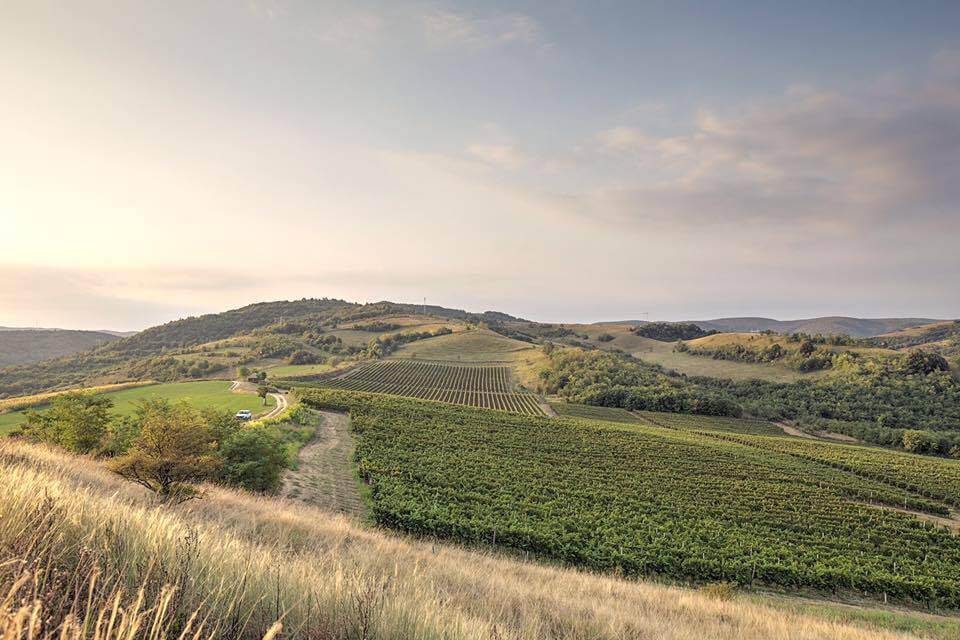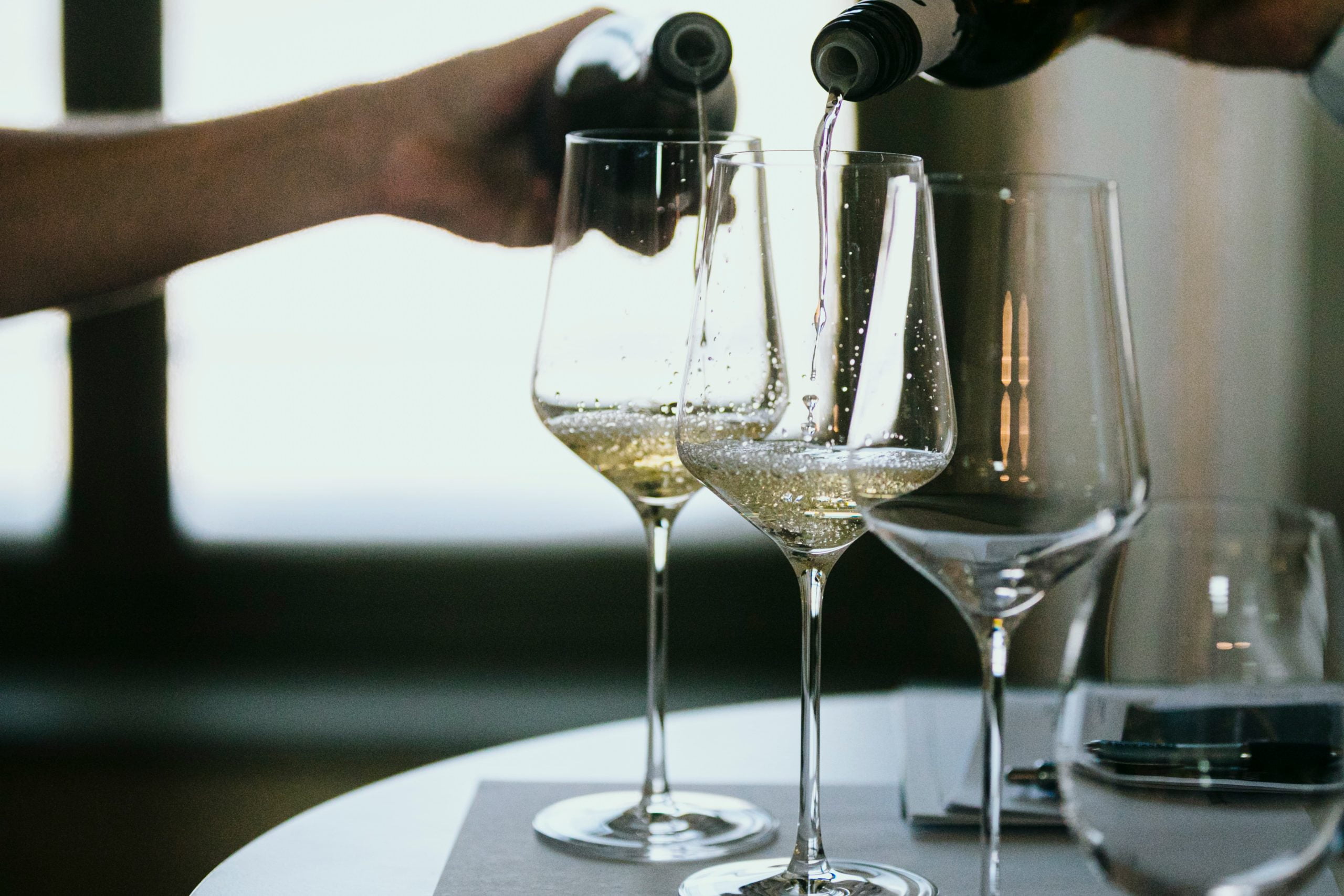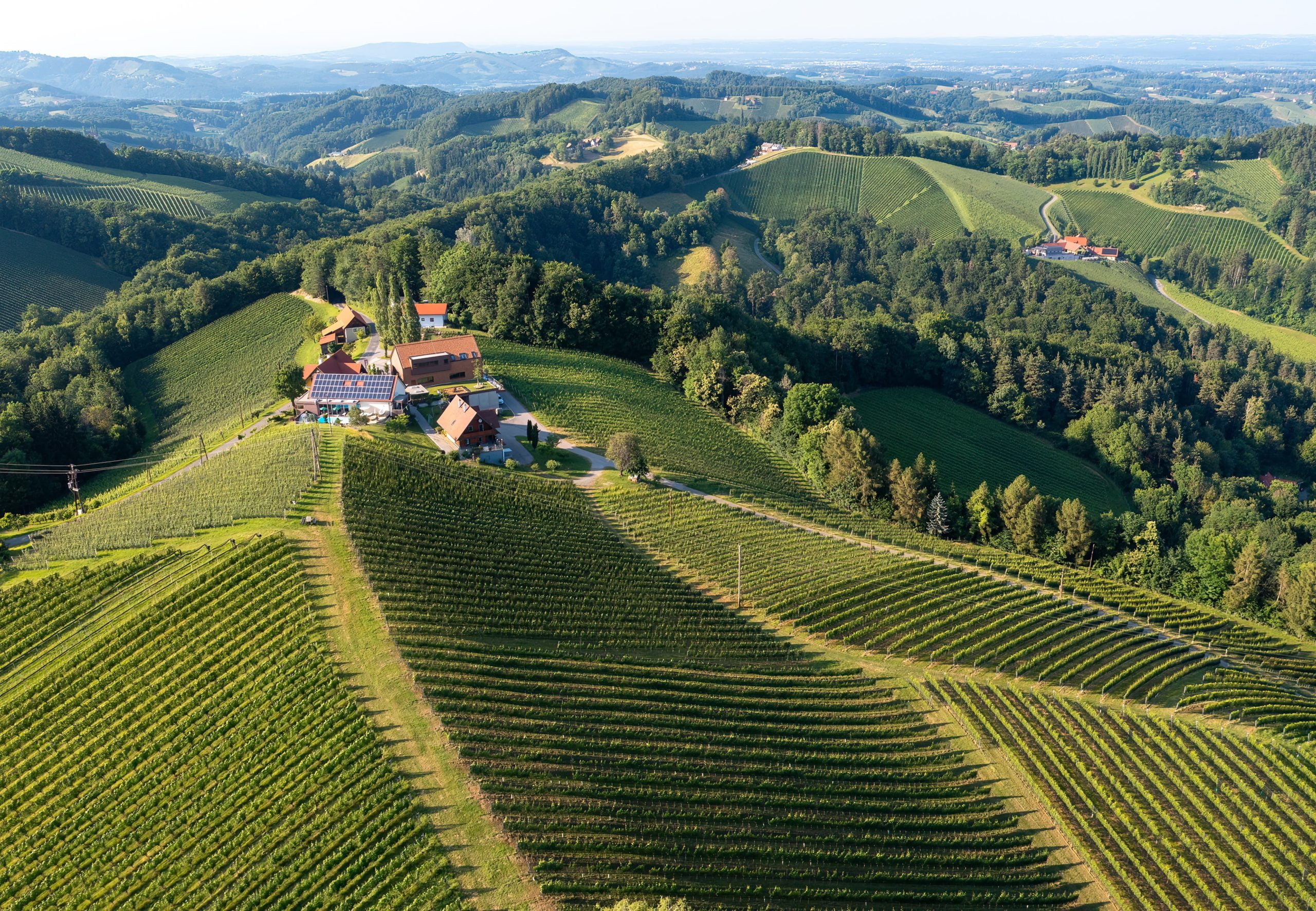Sauvignon Blanc spanning the Alps and the Black Sea

The area of the Balkans discovered the beauty and versatility of Sauvignon Blanc relatively late, but its popularity is now soaring. Serbian journalist Tomislav Ivanovic, a guest contributor to the steering committee, shares some insight into the significance of Sauvignon blanc in four of the Balkan countries.
Sauvignon Blanc vineyards began expanding in the Balkans in the first half of the 20th century. Nowadays, Sauvignon Blanc wines are widely present in a belt stretching from the Alps all the way to the Black Sea, or in “The New Old World”, as we often call the countries of the Balkan peninsula that have been undergoing a wine renaissance in recent years.
Slovenia: innovative winemaking techniques the way forward
Slovenia was the first country in the region to draw the attention of global wine experts to its wines. With a total vineyard area of 15,340 ha, Slovenia excels in white wine production, which constitutes 69% of the country’s total wine output (2014/2015 data). According to local legislation, Slovenian winemakers have a choice of 52 permitted and recommended varieties, comprising 37 white and 15 red grape varieties. The most common variety in Slovenian vineyards is Laški Riesling (14%), followed by Refošk (9%) and Sauvignon Blanc (8%). In terms of wine regions, Štajerska – a cool climate region in North Slovenia – is not to be missed for its Sauvignon Blanc which is recognizable for its freshness and vegetative aromas of green pepper, asparagus, fresh peas and tomato leaves accompanied by citrus fruit. The technique of blending grapes of different levels of ripeness and from different plots is widely present among Štajerska winemakers. Top picks: Kobal Winery, Ptujskaklet (whose 2016 Sauvignon Blanc was awarded a gold medal at the Concours Mondial du Sauvignon in 2017), Dveri Pax, Verus, Doppler, Puklavec & Friends. There are also initiatives to unify wine regions in three countries (Štajerska in Slovenia, Südsteiermark in Austria and Medjimurje in Croatia) to establish the first cross-border wine region due to their proximity and similar geographical and climatic features, although this would surely trigger quite a complicated process of aligning legislation in all three countries. Also, Slovenian Sauvignon Blanc has a distinct expression in the western part of the country (Primorska or the Slovene Littoral region), towards the border with Italy where Mediterranean influences give it a completely different character. Local winemakers in the region are pushing the boundaries with Sauvignon Blanc, bringing innovation and experimentation with long maceration, fermentation and maturation in oak and no filtration. Top picks: Simčič, Zanut, Batič, Movia, Aleš Kristančič, Bregar.
Croatia: wading through an ocean of native grape varieties
In Croatia, Sauvignon Blanc is seeking its place on the country’s wine map largely dominated by a patchwork of autochthonous varieties. Sauvignon Blanc vineyards in Croatia occupy less than 1% of total vineyard area (a mere 241 hectares). However, Zagorje-Medjimurje, Slavonija and Plešivica in continental (hilly) Croatia are regions where Sauvignon Blanc shows the best results. The Zagorje-Medjimurje region features fresh Sauvignon Blanc, comparable in style to Sauvignon Blanc from Štajerska (Slovenia) and attention should be paid to wines from Bolfan Winery (whose Sauvignon Blanc was awarded a gold medal at the Concours Mondial du Sauvignon in 2016). Top picks among producers of Sauvignon Blanc in Slavonija include Badel 1862 Winery, Zdjelarević, Krauthaker and PP Orahovica. The honor of Sauvignon Blanc in Plešivicais is defended by Korak Winery, Šember and Tomac. Croatia also cherishes a tradition of ‘predicate’ or sweet wines made from Sauvignon Blanc grapes, ranging from late harvest to ice wine (Badel 1862 Winery, Ivo Enjingi)
Serbia: Sauvignon grown across the wine regions
The wines of Serbia are still not a common sight at international wine events, although local winemaking has improved considerably over the past two decades. With a total vineyard area of almost 25,000 hectares, Serbia is still lagging behind figures it once boasted during the period of former Yugoslavia (80,000 ha). Nevertheless, Sauvignon Blanc constitutes 11% of modern vineyards planted after 2009 in Serbia, which points to the rising popularity of the grape among Serbian consumers.
Sauvignon Blanc was brought to Serbia by King Alexandar I Karadjordjevic, who started planting international varieties (including Sauvignon Blanc) in 1923 at the Royal Winery in Šumadija (Central Serbia). Further expansion of Sauvignon Blanc continued after World War II, primarily fuelled by rising grape production in state-owned co-operatives. Nowadays, Sauvignon Blanc is found in all the wine regions of Serbia, and if proper care is given to vineyard site selection, Serbian Sauvignon Blanc can yield remarkable results, although global climate change and hot summers could cause headaches for local Sauvignon producers. This year, a Serbian wine was awarded a Grand Gold for the first time at the Concours Mondial du Sauvignon (Aleksić Winery, Vranje region, South Serbia). The wine region of Šumadija (Central Serbia) is well-known for its quality Sauvignon Blanc wines, besides being the only volcanic region in Serbia (top picks: Aleksandrović, Arsenijević, Despotika, StariHrast). In the north of Serbia, the vineyards of Fruska Gora (Srem wine region) are also home to the country’s most sought-after Sauvignon Blanc wines (top picks: Erdevik 1826, Vinum, Bjelica, Kovačević). The prevailing style of Sauvignon in Serbia leans towards fresh, herbaceous wines displaying a touch of minerality, with a few exceptions that reflect the winemaker’s personal style and philosophy, for example aging in wood (Cilic Winery, Janko Cellar). In recent years, a young generation of winemakers from Fruska Gora has been increasingly experimenting with natural, biodynamic, amphora and orange Sauvignon Blanc wines: Kovačević, Bikicki, Imperator.
Bulgaria: Sauvignon’s popularity rating increases
The total area of Bulgaria’s vineyards covers more than 60,000 hectares (OIV data (2014): 65,919 ha). Sauvignon Blanc has not reached the local popularity of Chardonnay yet, but in recent years Bulgarian consumers have been increasingly turning towards Sauvignon Blanc. Regions that show the best potential for the varietal are the Black Sea region and the eastern part of the Thracian Plain. The most common style is fresh, young Sauvignon Blanc with herbal character as is commonly found in the wineries around Varna and Burgas. Since the Thracian plain features a slightly warmer climate and more sunshine, Sauvignon Blanc from that region shows a more mature, riper impression and a fruity character that leans towards yellow tropical fruit. Top picks: Minkov Brothers (whose Sauvignons get regularly awarded at the Concours Mondial du Sauvignon), Santa Sarah, Tohun and Salla Estate. However, careful selection of micro location and planting vineyards at higher elevations can result in excellent Sauvignon Blanc wines in other wine regions as well, particularly in the Danubian plain (top picks: Burgozone Estate, Swishtov and Bononia).


